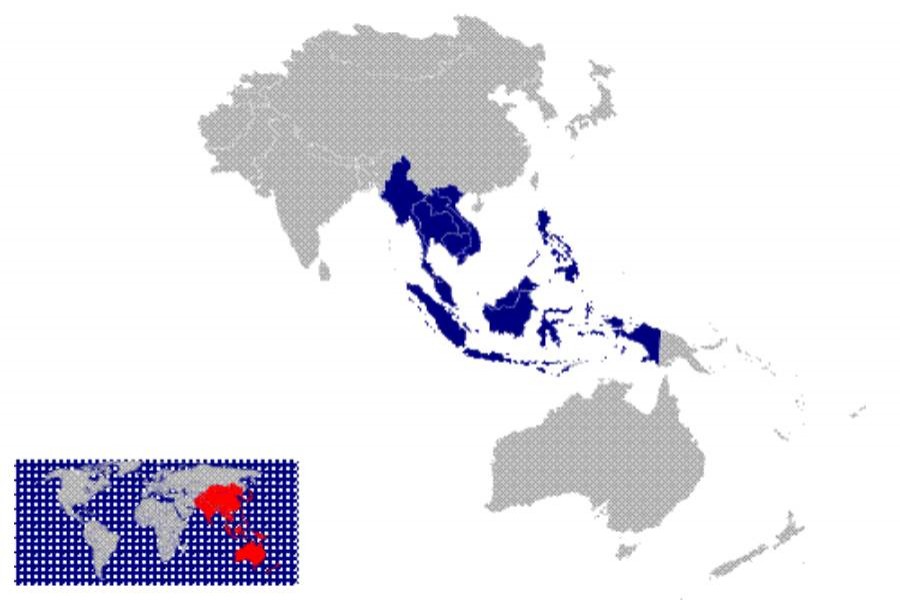The South Asian trade bloc, the South Asian Association for Regional Cooperation (SAARC), according to a World Bank (WB) study, has the potential to grow into a huge regional trading hub worth US$44 billion. Unfortunately, that is not to be, thanks to the various barriers of both bureaucratic and geopolitical origins coming in the way of the economic bloc's realising its full potential. The SAARC's failure to function at the expected level is undeniably a colossal loss of opportunity for the region. It is more so because this trading block is over 36 years old. The region, which is home to nearly a quarter of the global population, could not make optimum use of its material and human resources through trading. In fact, as reported in the May 01 issue of this paper quoting the WB study, a cargo-laden truck from India has to go through a tardy bureaucratic process on its way to Bangladesh. The paper work alone involves procurement of 55 signatures on 22 documents. It takes a total of 138 hours for the entire process to complete.
Obviously, it all speaks of a very poor state of regional integration, which is but the sine qua non for trade to flourish between these two next-door neighbours belonging to the 8-nation trading alliance. Small wonder that compared to other similar economic blocs, neighbouring or otherwise, the SAARC performs rather poorly. The intra-regional trade of the ASEAN (Association of Southeast Asian Nations), for example, accounts for 50 per cent of the bloc's total export. Whereas, the volume of intra-regional trade among the SAARC countries is a mere 5.0 per cent of their total export. This is even far below that of the trade bloc of the Sub-Saharan Africa at 22 per cent.
Ironically, there are trade deals galore including the free trade agreement, namely, SAFTA and the preferential trade agreement, SAPTA, among the SAARC countries. Despite the free trade deals, the volume of business among the countries of the bloc is only 7.0 per cent of region's total trade with the rest of the world. On the other hand, the SAPTA, the job of which is to realise concessionary trade deals, has basically floundered on the messy and protracted negotiations on each of a large number of products to be traded among the members of the bloc. It is hardly surprising that nothing of substance could be achieved out of these regional trade deals so far. As if to make matters worse, the diplomatic relations between the two important SAARC members, India and Pakistan, has been in a state of stagnation for years. Clearly, the political will of the leading SAARC governments remains a vital element for the South Asian economic bloc to move forward.
The story of the other trading bloc, the so-called Bay of Bengal Initiative for Multi-Sectoral Technical and Economic Cooperation (BIMSTEC), of which Bangladesh and India are members, is also more or less the same. When many other regional trading bodies of the world are performing so well, there is no cogent reason why SAARC should not prosper. Under the prevailing circumstances, the political leaderships of the SAARC region need to rise to the occasion and give the trading bloc the necessary go-ahead.


